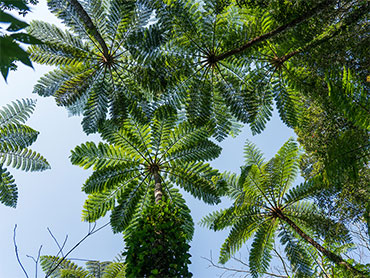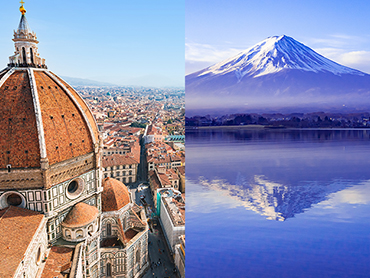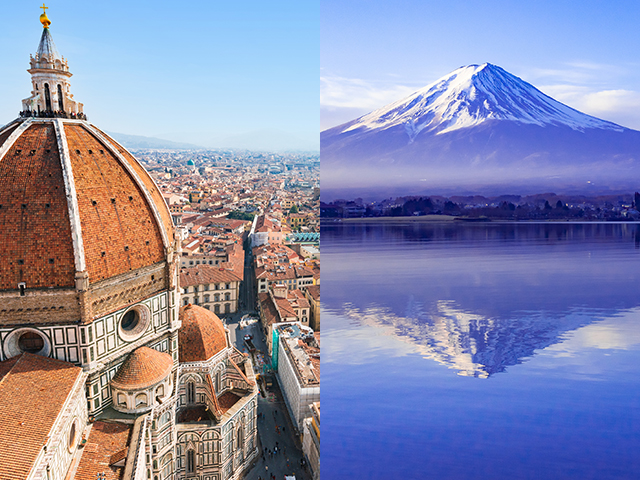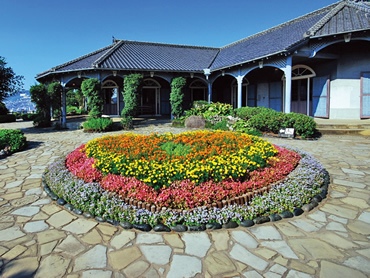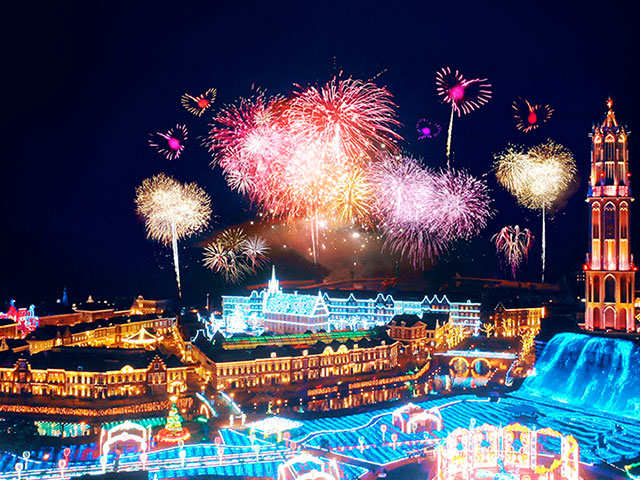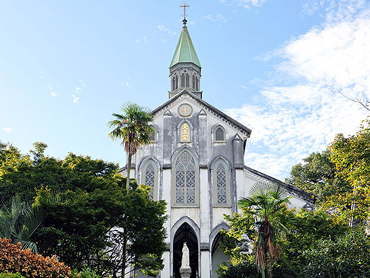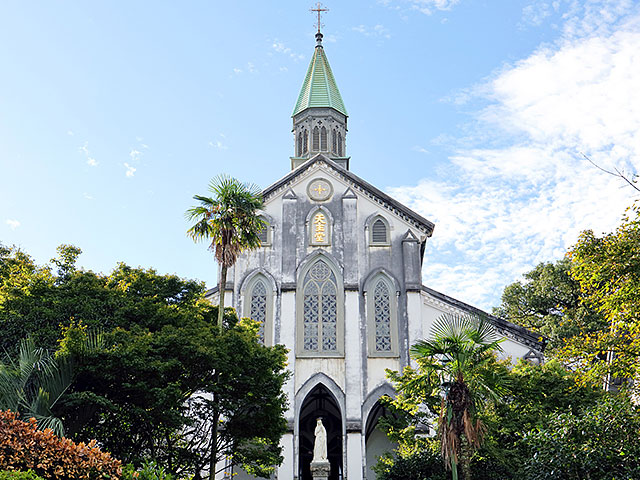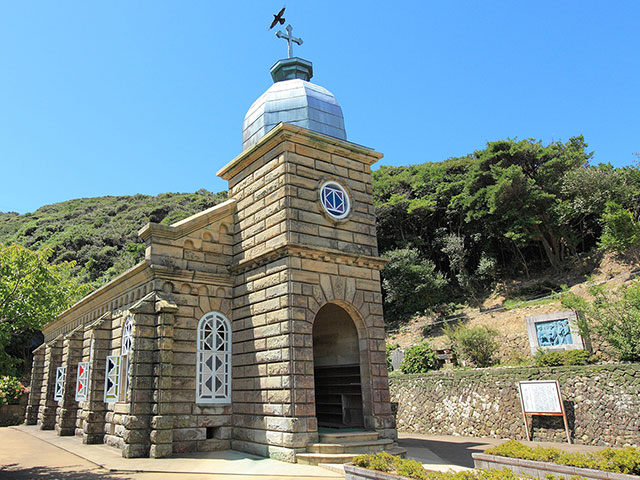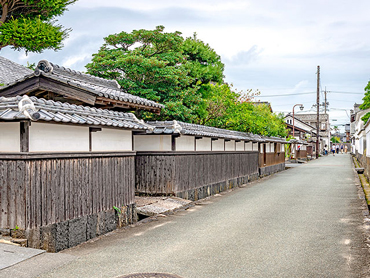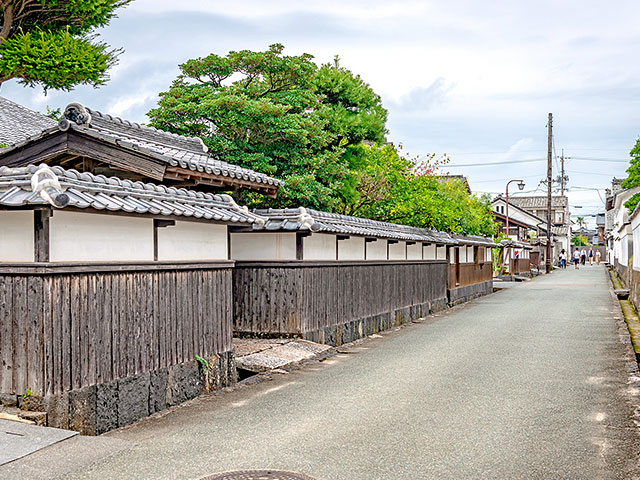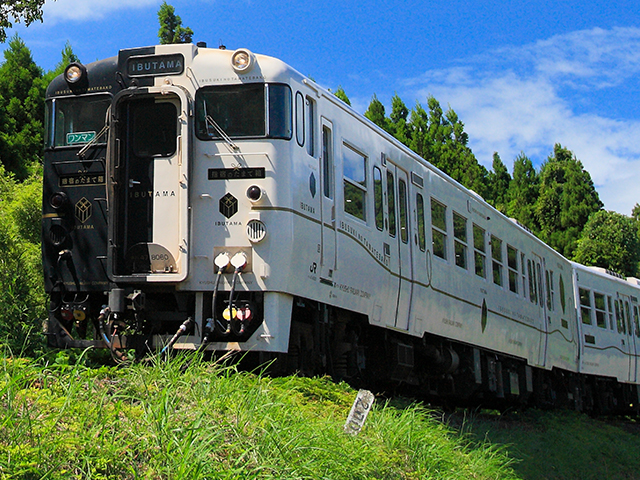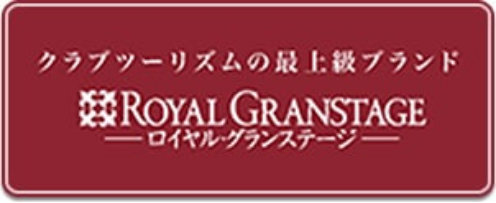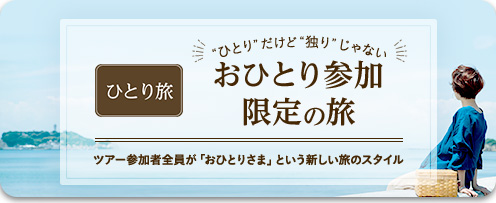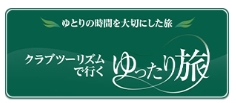Introduction to Gunkanjima

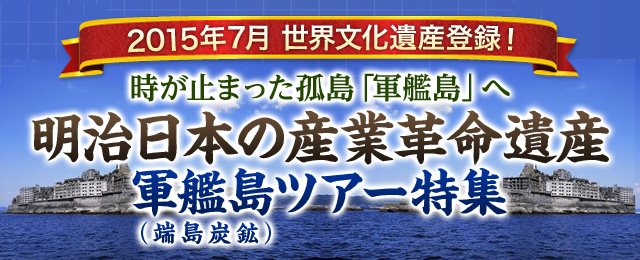
We offer tours of Gunkanjima, a registered World Heritage Site. We also introduce the history and maps of Gunkanjima, which is now in ruins, and what life was like back then. We also offer a variety of tours, including landing Cruise and tours with expert guides.
Introduction to Gunkanjima
軍艦島とは?
世界文化遺産「明治日本の産業革命遺産」
軍艦島(正式名称:端島)は「明治日本の産業革命遺産」の構成資産の1つとして、2015年に世界文化遺産に登録されたました。
「明治日本の産業革命遺産」は軍艦島、萩反射炉、韮山反射炉、三池炭鉱、旧グラバー住宅、官営八幡製鐵所など8エリア23件の資産で構成されています。
海に浮かぶ廃墟の島

※船会社により、一部航路が変更になる場合があります。
長崎港の約19kmの沖合に浮かぶ海底炭鉱の島・端島(はしま)。 艦船「土佐」に似ていることから「軍艦島」と呼ばれるようになりました。かつては炭鉱の町として栄え、隣接する高島炭鉱とともに日本の近代化を支えてきましたが、時代の流れとともに1974年に閉山。軍艦島は伝説を残し無人島のまま、約40年余りの眠りから覚め、2015年7月世界文化遺産となって新しい歴史を刻み始めました。
軍艦島までのクルーズは、造船の街・長崎の象徴「三菱重工長崎造船所」や岬に立っている聖母マリア像が印象的な「神の島」などをみることができ、海からの観光遊覧も楽しむことができます。長崎湾のランドマーク「女神大橋」をくぐるのも楽しみのひとつで、ひと味違った長崎をお楽しみ頂けます。
軍艦島の紹介動画で見る
軍艦島マップ ~軍艦島を見学~

軍艦島全景と見学通路(イメージ)/写真提供:長崎県観光連盟
軍艦島の上陸・見学が可能に!
2009年4月より一般の方の上陸・見学が可能となりました。現在は、島の一部が整備され限られたエリア内で多くの方が見学を楽しめるように上陸ツアーでは、案内ガイドが同行し、島の歴史や生活の様子などを案内してくれます。
上陸ツアーでは、主力坑だった第二竪坑跡や、端島炭坑の中枢であったレンガ造りの総合事務所、1916年に建てられた日本最古の鉄筋コンクリート造の7階建て30号棟アパートなど赤い部分の見学通路(約220m)からご覧いただけます。

第1見学広場

第1見学広場の様子(イメージ)
貯炭場や上手の技師・従業員住宅などをご覧いただけます。また主力坑だった第2竪坑跡などがあります。現在は、第二竪抗施設はほとんど崩壊していますが第二竪抗のために設けられた桟橋への昇降階段など当時の様子を伺わせる建造物が数多く立ち並んでいます。
第2見学広場

レンガ造りの総合事務所(イメージ)
鉱山の中枢であった総合事務所はレンガ造りの建物。中には炭鉱マンのための共同浴場等がありました。その他にも会社事務所・会議室など様々な事務棟と第二鉱口の関連施設が立ち並び賑やかなエリアであったことがうかがえます。
第3見学広場

30・31号棟アパート(イメージ)
海に囲まれていましたが、常に波は高く周囲で泳ぐことができなかったため、1958年この地区に本格的なプールが完成。また、1916年に建築された日本最古の7階建て鉄筋コンクリートの高層アパート「30・31号棟アパート」通称グラバーハウスもご覧いただけます。
軍艦島の今と昔
軍艦島の歴史

(写真提供:長崎県観光連盟)
海底炭鉱で栄えた島
炭鉱で働く鉱員たちは、ひとたび地下の作業場へ向かうと8時間出てくることはありません。 軍艦島の発掘作業は、海面下1,000m以上の地点にまで及び、気温30℃、湿度95%という厳しい環境のもと、常にガス爆発の危険と隣り合わせの中で作業をしていました。仕事が終わり地上に戻ってきた鉱員たちは、みんな真っ黒になり、そんな彼らが向かうのは鉱員浴場。軍艦島では水の確保が難しかったこともあり、鉱員住宅には風呂・トイレがないところも多かったのです。鉱場内にある共同浴場は海水風呂で、一日の汚れと疲れを落とすため、浴槽はいつも真っ黒だったようです。

(写真提供:長崎県観光連盟)
当時の島民の生活
最盛期には5千人を越す人たちが生活しており、当時の東京都区部の9倍もの人口密度に達しました。 島の半分以上は鉱場が占め、その残りの土地に社員寮や学校、病院などを建てていたため建物の間隔はとても狭く、島民全体が家族のように暮らしていました。小中学校や病院、商店など、生活は全て島内で賄えるようになり、映画館やパチンコホールなどの娯楽施設もそろっていました。
軍艦島の現在

世界文化遺産に登録
石炭から石油へと需要が移り、1974年に炭鉱は閉山。軍艦島は無人島となり島の建物は廃墟と化していきました。 そして2009年より上陸・見学が可能となった軍艦島は約40年余りの眠りから覚め、さらに2015年7月世界文化遺産となり新しい歴史を刻み始めました。
軍艦島に行くツアーを探す
その他、明治日本の産業革命遺産のご紹介
旧グラバー住宅

旧グラバー住宅(イメージ)
貿易商であり、グラバー商会を設立したトーマス・ブレーク・グラバーが住んでいた日本最古の木造洋風建築。1974年の開園から、グラバー園は長崎を代表する観光地であり、日本の近代化の象徴として注目されてきました。
写真提供:長崎県観光連盟
旧集成館

旧集成館(イメージ)/(C)KP.VB
薩摩藩の藩主だった島津斉彬が仙巌園敷地の竹林を切り開いて反射炉の建設をはじめ、その周辺に溶鉱炉やガラス工場、蒸気機関の研究所などの施設をつくりました。これらの工場群は「集成館」と名づけられ、日本初の西洋式工場群として日本の近代化に大きく貢献しました。
松下村塾

松下村塾(イメージ)
幕末期に吉田松陰が主宰した私塾。松陰は身分や階級にとらわれず塾生として受け入れ、高杉晋作、伊藤博文など明治維新の原動力となり、明治新政府に活躍した多くの逸材を育てあげました
写真提供:山口県観光連盟
韮山反射炉

韮山反射炉(イメージ)
反射炉とは、金属を溶かし大砲を鋳造する炉のことです。幕末期の代官江川英龍(坦庵)が手がけ、後を継いだその子英敏が完成させました。稼働した反射炉が現存するのはここだけです。
静岡県観光協会

